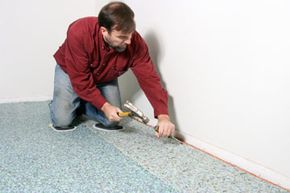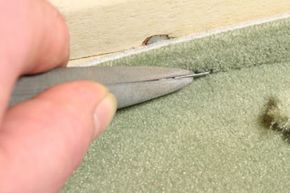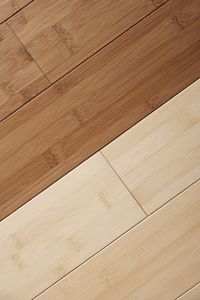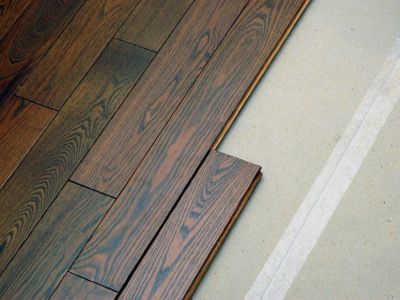Upon returning home to your condo after a long day at the office, all you want is some peace and quiet. As the front door closes behind you and the outside world fades, you remove your shoes and walk over to the couch to relax. Unfortunately, before you can clear your head, the downstairs neighbor begins playing opera music -- again -- at a volume loud enough to be considered a live performance. Not the quietest welcome home.
One of the advantages of carpet is that it dampens the noise around you. In fact, carpeting can create a comfortable, soft feel throughout your home. Carpet can also be a beautiful accessory and can really liven up a room; often, the color and style of your carpet is as important to your home's design as the furniture you select.
Advertisement
Once you've picked out the perfect combination of style and color, it's time to decide whether you are going to hire a professional to install it or make a go of doing it on your own. There are a lot of things to consider before you tackle carpet installation yourself. Often, it might be best to bring in a professional to do the job.
The two approaches -- working on your own and having professionals do the installation for you -- each has its advantages. The determining factors for both revolve around cost, effort, equipment and how much time you are willing to invest in the project.
On the next page, we'll look at some of the pros and cons of professional installation versus do-it-yourself (DIY) installation.
Advertisement





